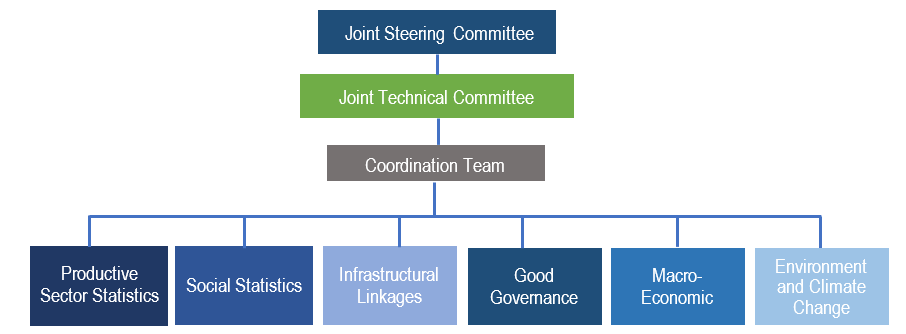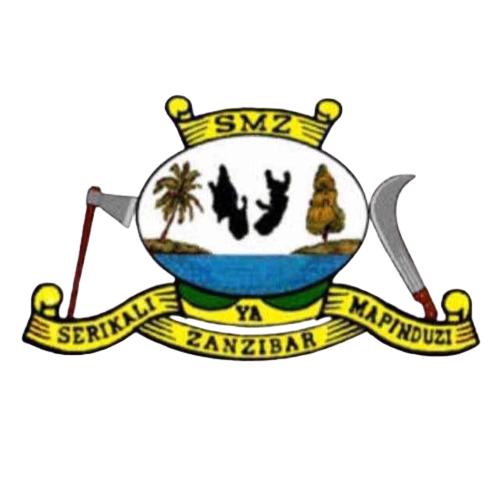global navigation bar
Saturday 27th of July 2024
TSMP DELIVERABLES
ZANZIBAR OCGS
United Republic of Tanzania (URT)
| DLI | Link | Click # |
|---|---|---|
| DLI 1.1.1 | Data Quality Assurance Framework (DQAF) | 0 |
| DLI 1.1.2 |
IMF Data Quality Assessment Framework (DQAF) Compiled and Published for all Four Data Set Link 2 |
0 |
| DLI 2.2.1 | Comprehansive Census of Register for Establishments | 0 |
| DLI 1.2: Improved dissemination & use of statistics | An Advance Release Calendar (ARC) for TSMP2 statistics is published online, and a communication and advocacy strategy and action plan for statistics to be produced under TSMP2, which is based on findings from the user satisfaction survey. | 0 |
| DLI 2.4-TZA: Improved availability of administrative data | DLI 2.4-TZA: Improved availability of administrative data | 0 |
| DLI 2.4.2 | Manual and Tools for integrating administrative data in the Tanzania National Statistical System for filling data gaps in the monitoring of SDGs and official statistical indicators | 0 |
| DLI | User satisfication survey link | 0 |
General Overview
The Government of the United Republic of Tanzania (URT) is implementing the Second National Statistical Development Strategy known as the Tanzania Statistical Master Plan (TSMP II) which provides a comprehensive framework for the development of official statistics in Tanzania and is fully aligned with SHaSA2, PaRIS21 and EAC RSDS. It is going to be implemented by National Statistical System (NSS) stakeholders for the period of five years from 2022/23 to 2026/27 whereby the National Bureau of Statistics (NBS) and Office of the Chief Government Statistician (OCGS) take the coordination role.
TSMP II is harmonized with Eastern Africa Regional Statistics Program-for-Results (EARSPforR) to support the implementation of the aggregated national statistics programs of Kenya, Rwanda and Tanzania to strengthen the harmonization, availability and use of core economic and social statistics under the EAC coordination through the World Bank support.
Objective
The overall objective is to further strengthen the NSS to sustain the achievements of the first Tanzania Statistical Master Plan (TSMP I) which was implemented between 2011/2012 -2017/2018 and take onboard emerging statistical needs to aid in planning, monitoring, evaluating and decision-making on various programs implemented in the country.
Results Areas of TSMP II
TSMP II has set up three Results Areas as the key fundamental aspirations for statistical development in the country that together enhance the effective statistical solutions to the third Tanzania Mainland Five Years Development Plan (FYDP III) 2020/21-2025/26 as well as the Zanzibar Development Plans (ZADEP) 2021-2026. The three Results Areas are:
Management and Governance of TSMP II
TSMP II involved all NSS stakeholders whereby four level of management was designed to smooth implementation.

Financing of the TSMP II
About 384 USD million expected to finance the implementation of TSMP II for the period of 2022/23-2026/27 of which 21.4 percent as a loan from World Bank, 21.8 percent from Other Development Partners and the rest from Government (URT&RGoZ).








